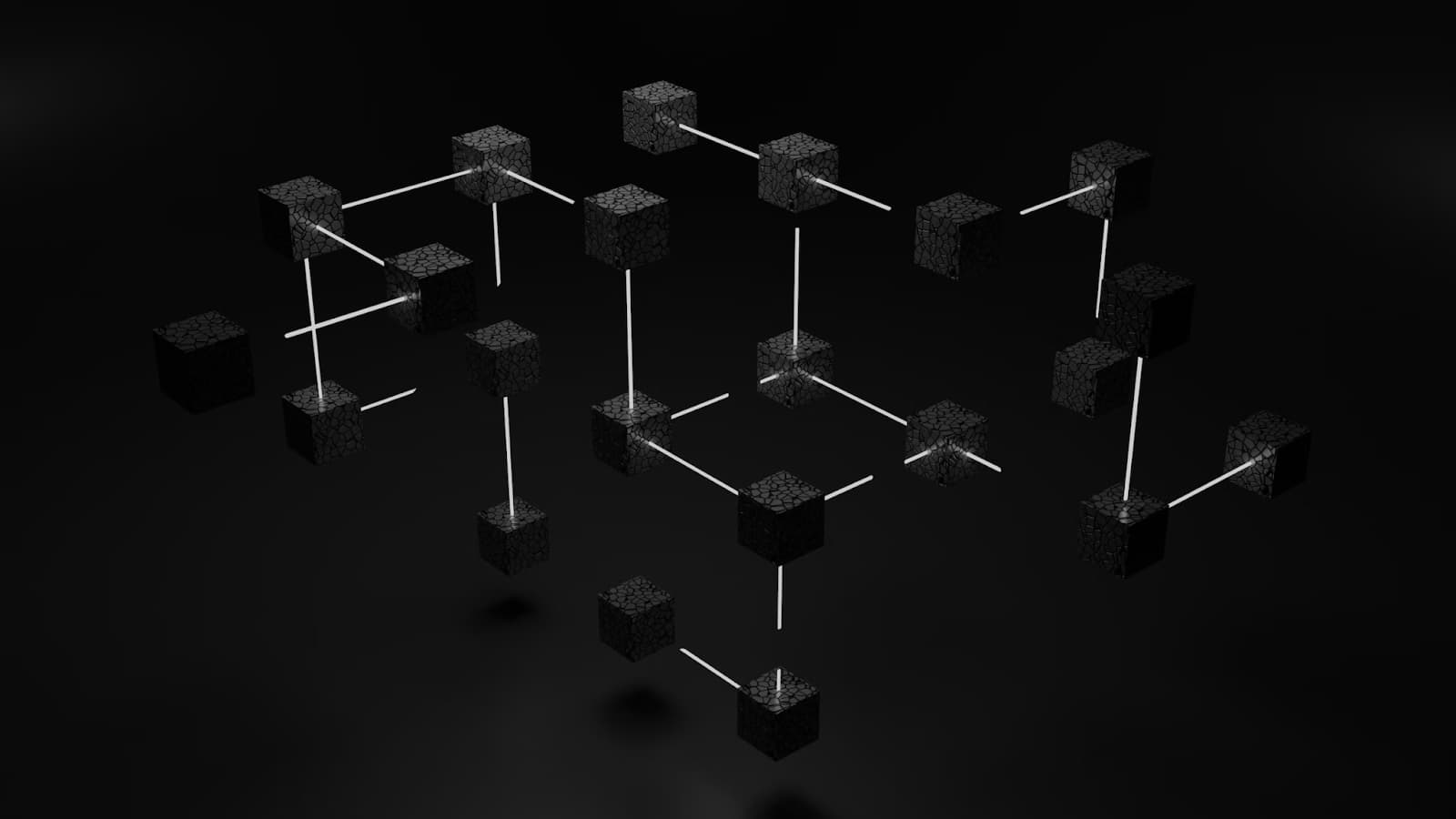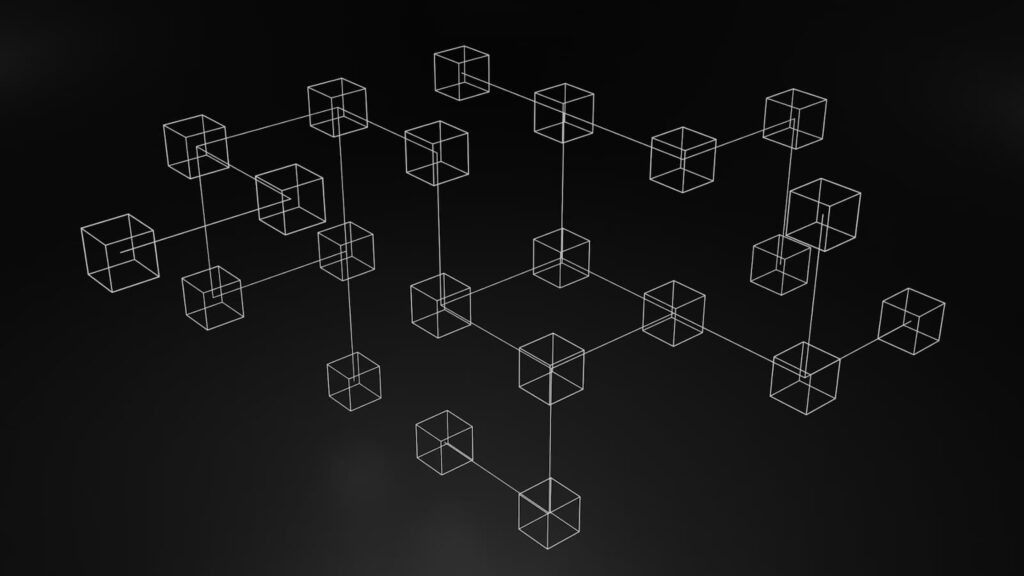What Is A Node in Blockchain?

To put it simply, a node is a computer that connects to the blockchain network. In addition to validating and relaying transactions, nodes also store copies of the blockchain. And anyone can operate a node! Nodes are key to maintaining a functional network and deterring fraudulent behavior.
How Do Nodes Work?
Nodes validate and relay transactions. They also store copies of the blockchain. When a node receives a transaction, it checks to see if the transaction is valid. If it is, the node adds the transaction to its copy of the blockchain. Then, the node sends the transaction to other nodes on the network so they can add it to their blockchain too.
What Are The Different Types Of Nodes?
Full nodes keep a backup of the entire blockchain. They verify and propagate transactions, but they do not generate new blocks. Light nodes only store a portion of the blockchain. They rely on full nodes to validate and relay transactions. Transactions are validated, stored, and relayed by mining nodes. They also create new blocks using their own power To protect against over-consumption, miners use supply caps to limit how many units an individual node may produce per second; however, this can lead to game imbalance because it depends on what other market participants think about the demand for cryptocurrency in different regions/timeframes (e g., which countries or sectors will have the most interest during particular time periods).
What Are The Benefits Of Running A Node?
There are several benefits of running a node:
You help keep the network secure. When you run a full node, you help to keep the network secure by validating transactions.
You earn rewards. If you run a mining node, you earn cryptocurrency rewards for each block that you mine.
You help the network to grow. The more nodes there are, the more secure and efficient the network is.
You can develop applications on top of the network. If you run a full node, you can develop applications that use the network.

What Are The Risks Of Running A Node?
There are several risks of running a node:
You may lose money. If you run a mining node, you may have to pay for electricity and other costs.
You may be attacked. If you run a full node, you may be attacked by people who want to disrupt the network.
You may not earn rewards. If you run a mining node, you may not earn rewards if the network is not active.
You may not be able to develop applications. If you run a full node, you may not be able to develop applications that use the network.
What Are The Costs Of Running A Node?
There are several costs of running a node:
You may have to pay for electricity and other costs. If you run a mining node, you will have to pay for electricity and other resources.
You may be attacked. If you run a full node, you may be attacked by people who want to disrupt the network.
You may not earn rewards. If you run a mining node, you may not earn rewards if the network is not active.
You may not be able to develop applications. If you run a full node, you may not be able to develop applications that use the network.
How Can I Reduce The Costs Of Running A Node?
There are several ways to reduce the costs of running a node:
– Use a hosted service: You can use a hosted service such as Amazon AWS or Google Cloud Platform to reduce the costs of running a node.
– Use a VPS: You can use a virtual private server (VPS) to reduce the costs of running a node.
– Use a Raspberry Pi: You can use a Raspberry Pi to reduce the costs of running a node.
– Use a BeagleBone: You can use a BeagleBone to reduce the costs of running a node.
– Use an Odroid: You can use an Odroid to reduce the costs of running a node.
What Are The Costs Of Running A Node?
The costs of running a node will vary depending on the type of node you run and the resources required to run it.
– If you use a hosted service such as Amazon AWS or Google Cloud Platform, you will need to pay for the resources used to run your node.
– If you use a VPS, you will need to pay for the resources used to run your node.
– If you use a Raspberry Pi, you will need to pay for the power used to run your node.
– If you use a BeagleBone, you will need to pay for the power used to run your node.
– If you use an Odroid, you will need to pay for the power used to run your node.

